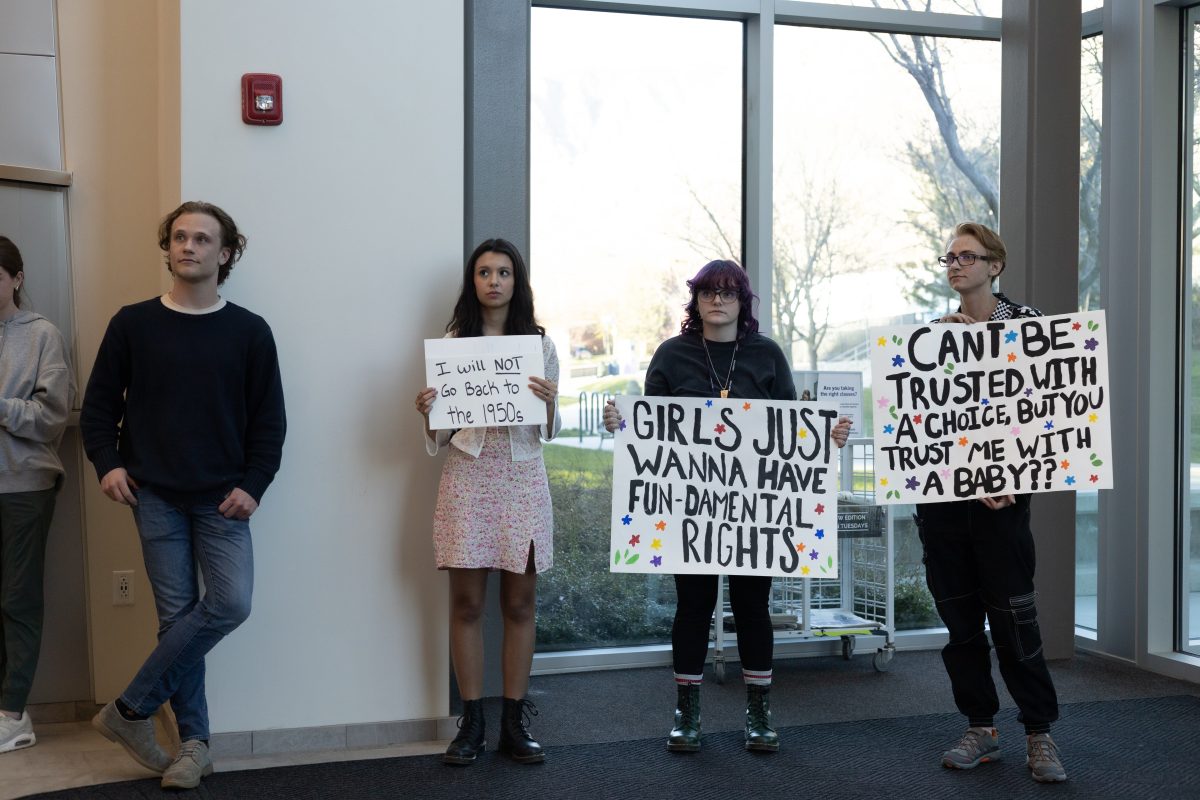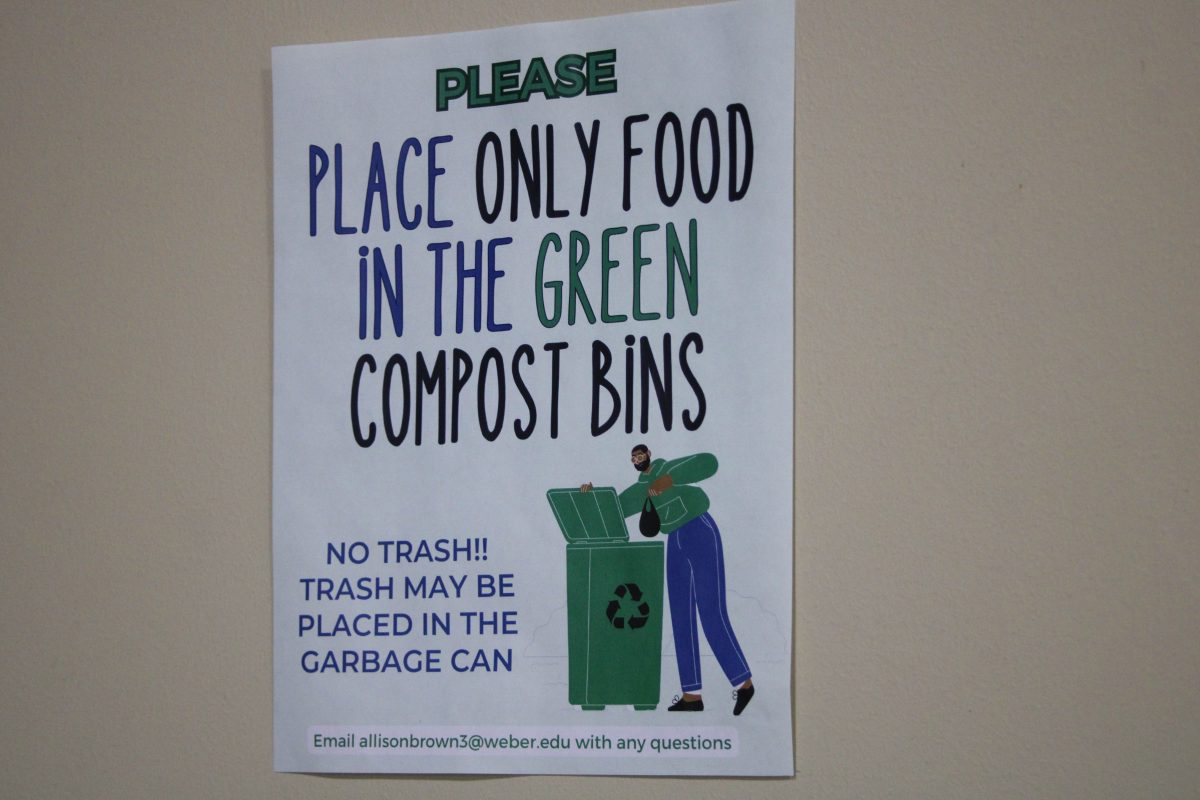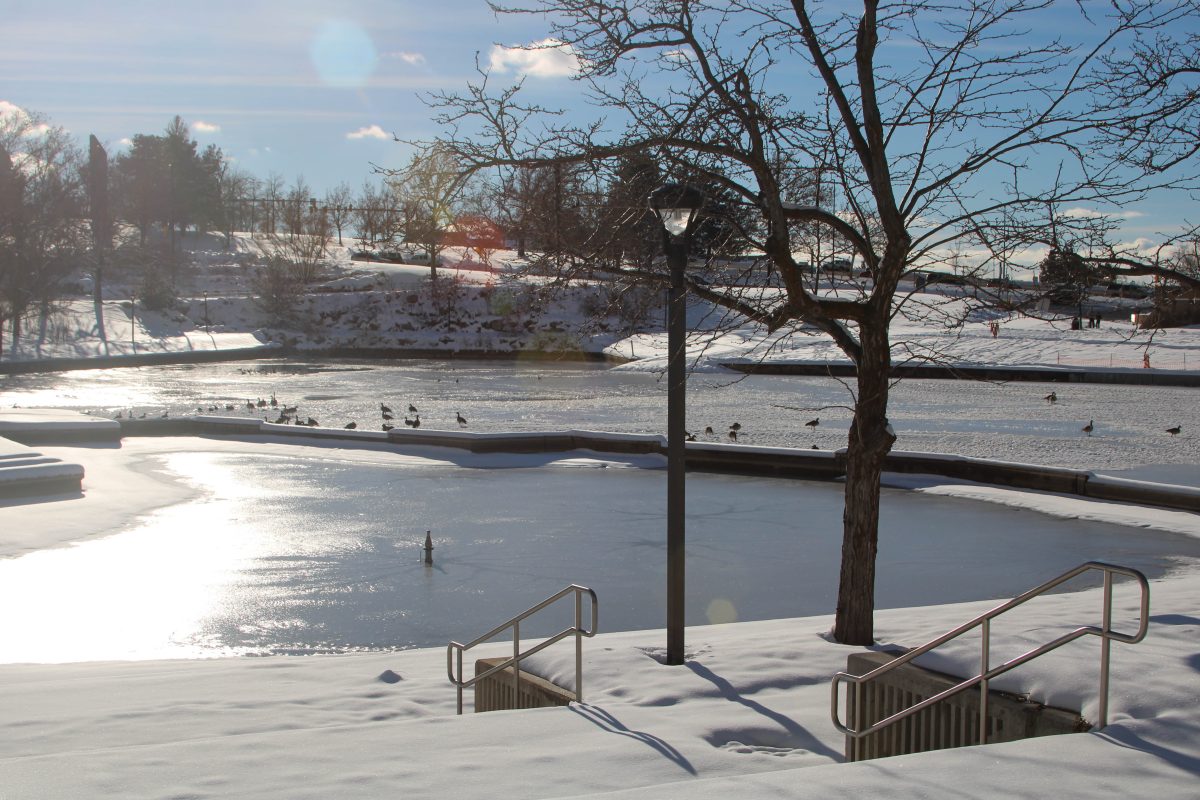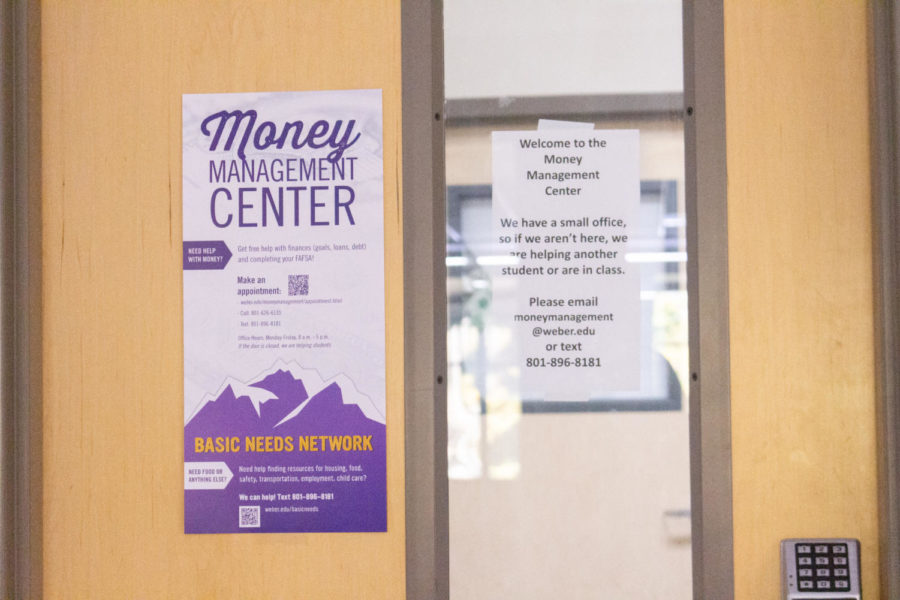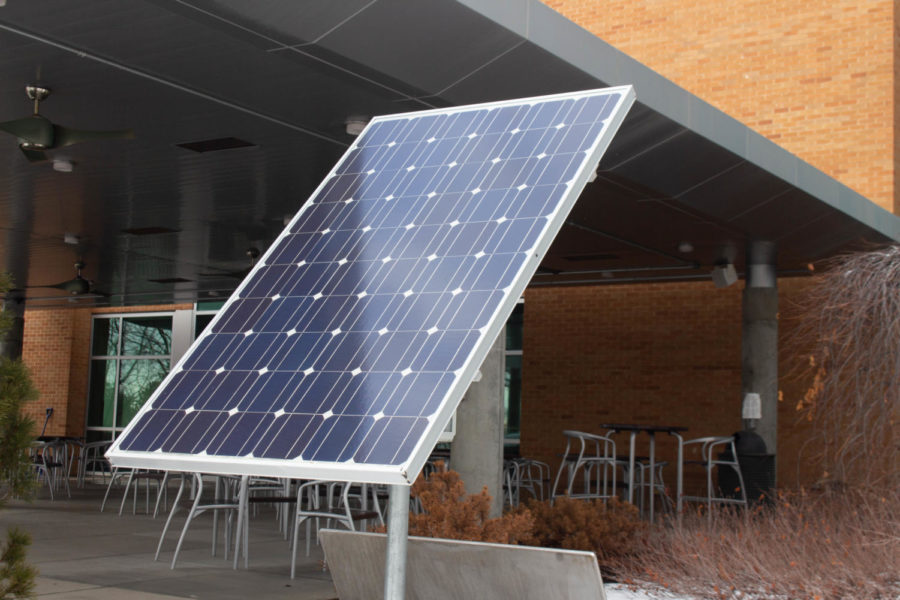Weber State University students might pay more in tuition and fees starting this summer depending on the Utah’s Board of Regents vote on Friday.
The Board of Regents sets tuition rates for all state colleges in Utah. WSU’s Board of Trustees voted March 20 to approve a Tier 1 increase in tuition of 4.5 percent and a Tier 2 increase in tuition of 0.5 percent, as well as a 4.2 percent increase in student fees. The Board of Regents’ vote is the vote that counts, though.
If approved, full-time, Utah-resident students will pay about an extra $230 for the 2012-13 year, and full-time nonresident students will pay about an extra $720 for the same two-semester period.
Tier 1 is set by the state and is automatic and Tier 2 is what each school decides on its own to raise, said Kyle Braithwaite, WSUSA president.
“Our trustees did take some action last week, but it’s preliminary and anticipates what the Board of Regents will do without 100 percent certainty,” said Norm Tarbox, WSU vice president for Administrative Services. “This is all in pencil until the Board of Regents meets on Friday.”
The biggest reason for state mandated tuition increases is inflation, Tarbox said.
“If health care costs go up, if salaries go up, if the cost for power goes up, if the rates we pay for fuel go up, those are all inflationary increases the state has to make up for,” Tarbox said.
WSU sophomore Chanel Chavez said tuition increases would hurt every student at WSU.
“No matter how you’re paying for school, more tuition just screws you over,” Chavez said. “Doesn’t the state know we’re going to college so we can not only make a better life for ourselves, but for other people in Utah? Why don’t they make higher education more of a priority?”
Braithwaite said students should voice their opinions on Tier 1 tuition raises to the state legislature.
“It’s encouraged to let your voice be heard that continually rising tuitions across higher institutions of learning isn’t helping educate the work force, and it’s not contributing to a more financially ready workforce when we graduate,” Braithwaite said. “In the long run, we’re all going to pay back, in taxes, thousands of times more than what we paid in tuition and what the state’s paid in our tuition. So letting legislators know that investing in higher education is an investment in the future is the biggest thing we can do to fight back.”
Braithwaite said that although the increases would only equate to a couple hundred dollars for the entire year, it would still have a huge impact on students.
“There’s a number of people who don’t buy textbooks because of that, so even a hundred dollars extra a semester can be the difference between coming and not coming,” Braithwaite said.
According to Braithwaite and Tarbox, the 0.5 percent Tier 2 increase will go toward the WSU IT Division for infrastructure and upgrades.
“The one thing we can’t seem to keep ahead of is the need for wireless access on campus,” Tarbox said. “Students want it, faculty and staff need and want it, and we’ve had to make significant investments to provide that.”
The 4.2 percent increase will mostly go toward the expansion of the Swenson Gym and pay raises for faculty, staff and administration that haven’t received in four or five years and not to compensate for budget cuts Braithwaite said.
“They’re getting paid the same amount the past few years even though food, gas, and healthcare costs are going up, so really they’re getting paid in cuts,” Braithwaite said. “We’re talking about one percent increases to improve basic benefits, not like, ‘We’re going to give everyone a five percent raise.’”
Tarbox said in order to prevent higher tuition and fee raises the past few years, WSU has looked for opportunities to save money, like offering online classes at a fraction of the cost of in-person instruction and restructuring the shuttle bus system.
“Changing the shuttle bus from a milk route that ran all around school to one stop cut the shuttle bus budget in half,” Tarbox said. “Weber State is a very efficient institution. We do as much as we can with the resources we have and we try to do everything as effectively as we can.”
Tarbox said that although tuition is increasing annually, WSU’s cost of attendance is modest in comparison to other schools around the country. He also said that since President Ann Millner began her tenure here, WSU has become the least expensive state university in Utah.
Millner was out of town and unable to comment.
“We’re always trying to juggle two things,” Tarbox said. “We want to be as effective and efficient as possible, but we want to provide students with a quality experience, one that will be good throughout their lives and careers so that when they leave Weber State they’ll have a degree with tremendous worth and value.”
Braithwaite said WSU is one of the few schools to achieve that balance.
“Here, people can come to a school that is cost-efficient but gives a quality education,” Braithwaite said. “It’s very flexible for most people’s schedules. It’s a commuter campus for working individuals. It is the only major university in Davis and Weber counties so that brings a lot of people that normally wouldn’t or couldn’t go to school.”
Follow @WSUSignpost on Twitter for live coverage of the Board of Regents Meeting, Friday at 9 a.m.



